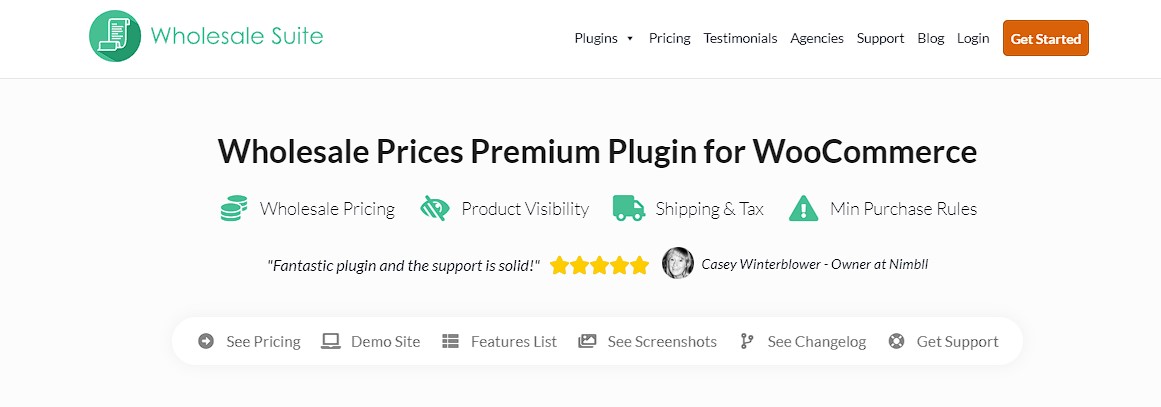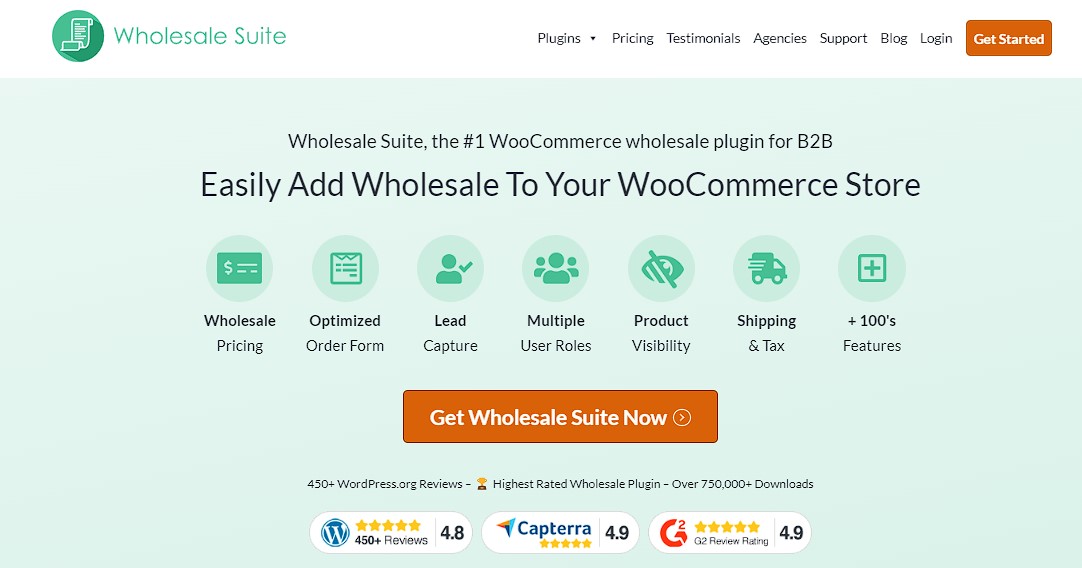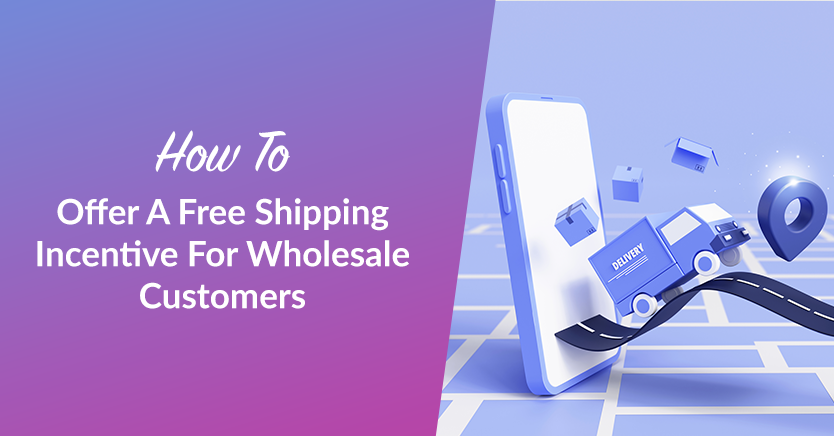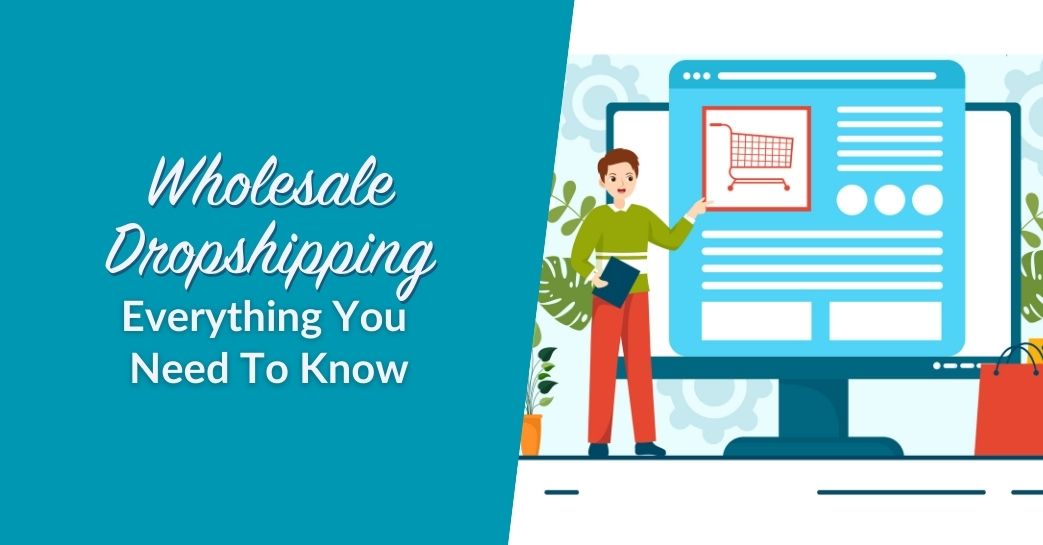
If you are a business owner looking to expand your reach and build a strong network of wholesale buyers, the wholesale dropshipping model could be very helpful. But, is it the right choice for your company?
In this post, we’ll go over the basics of wholesale dropshipping, including what it is, its pros and cons, and the key factors that can make it successful. By the end, you’ll have a clearer idea of how to set up and manage this kind of operation, so your business can enjoy the most benefits.
What Is Wholesale Dropshipping?
Wholesale dropshipping is a business model where the wholesale supplier or manufacturer handles the storage, packing, and shipping of products directly to the end customer on behalf of the retailer. In this setup, the retailer doesn’t keep any inventory. Instead, they focus on marketing the products and managing customer relationships. When a customer places an order through the retailer’s online store, that order is forwarded to the supplier, who then ships the product straight to the customer.
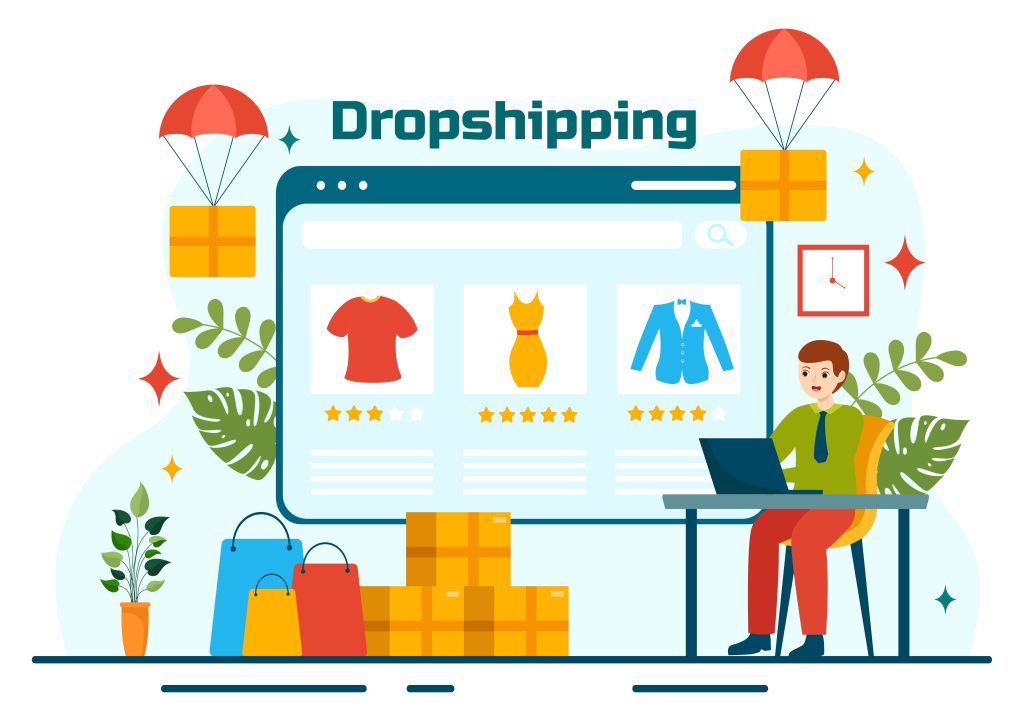
What makes it “Wholesale” dropshipping?
The “wholesale” part means you’re working directly with actual wholesalers—suppliers who offer lower, bulk-level pricing. Unlike traditional dropshipping models, where you source products from retail sites, wholesale dropshipping usually gives you:
- Better profit margins
- More reliable suppliers
- Access to higher-quality products
- Possibility of branded packaging or customization
It’s like combining the low-risk nature of dropshipping with the better pricing and reliability of wholesale partnerships.
In this setup, the retailer doesn’t handle any products. That’s the job of the dropshipping supplier. Once a customer places an order on the retailer’s site, they simply forward the order to you. From there, you take care of packing and shipping the item directly to the buyer.
You may also read: White Label Dropshipping: 7 Important Things You Need To Know.
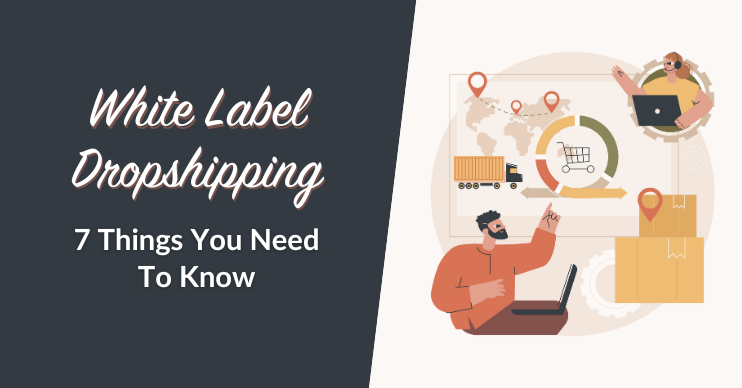
Pros And Cons Of Wholesale Dropshipping
Pros
This business model can offer your e-commerce business many advantages, including the following:
1. Increased number of customers
One of its key advantages is that it can boost the number of customers who buy from you.
Most wholesale merchants already have a strong consumer base. When they sell your products, you can reach more people and grow your market. As a result, you get more orders, leading to higher sales and profits.
However, it is important to check the trustworthiness of any retailer you plan to work with. This means researching their background, business type, history, target market, and other companies they work with.
2. Cut costs and save time
As mentioned earlier, your main job as a wholesale supplier is to ship products to your retailers’ customers. This means your retailers take care of the marketing. As a result, you avoid the high costs, long hours, and challenges that come with promoting and selling products.

3. Flexibility
This gives you flexibility. Because you can work with many retailers, you can ship products to many online stores. This means your income does not depend on just one or a few customers.
Additionally, this flexibility can generate more leads, conversions, and sales. As a result, both you and your retailers benefit from increased product movement and order fulfillment.
4. Balance
It helps balance the sales process between you and the retailer, which can be a form of leverage for your business.
As the supplier, you handle the inventory, packaging, and shipping of your products. Meanwhile, the retailer takes care of marketing and advertising for you.
If you want to create a smooth buying experience for your retailers, use the WooCommerce Wholesale Prices Premium plugin. This tool makes it easy to manage shipping and taxes, set wholesale prices, minimum order amounts, tiered discounts, and more.
You may also read: 8 Dropship Directories You Can List Your Store In.
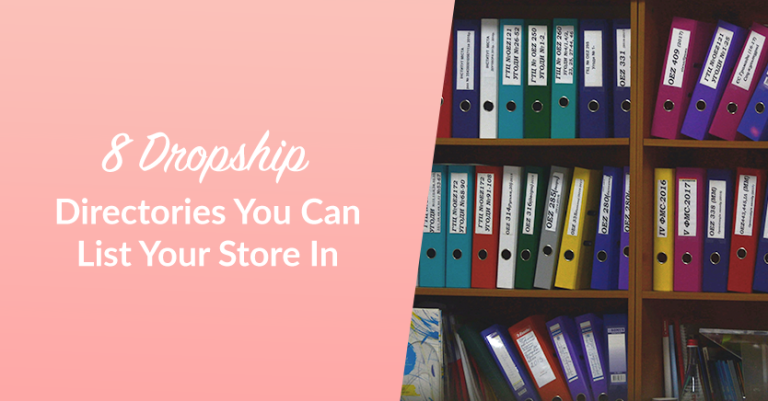
Cons
Unfortunately, this business model also comes with disadvantages.
According to Pixel Union, some of these drawbacks include:
- Margins suffer as dropshipping partners take a significant cut.
- High competition with identical products from suppliers.
- Finding trustworthy dropship suppliers is crucial.
- Managing products, suppliers, and customers is overwhelming.
- Limited control over branding during shipping.
- No inventory control; miscommunications cause cancellations.
As you can see, this business model has pros and cons. Therefore, if you’re considering incorporating the model into your business, you should determine the best ways to minimize the risks to ensure maximum profits. To do this, you need to thoroughly examine the factors that can boost your chances of succeeding as a drop shipper.
10 Essential Things To Keep In Mind In Wholesale Dropshipping
As lucrative as it is, this business model can only produce favorable results if you can fulfill your wholesale customers’ demands. For this reason, you must familiarize yourself with the factors that can lead to the success of this model.
These factors are as follows:
1. Responsive online store
You’re probably well aware of how e-commerce is revolutionizing the business landscape. Unfortunately, an online business model just won’t work if your online store isn’t up to snuff. So don’t even think about offering dropshipping services until you’re sure your store can leverage the power of the internet.
A dynamic and intuitive online store not only draws in more wholesale customers but also retains them. After all, it can give buyers the ability to place, process, and modify wholesale orders online easily. This, in turn, can make a significant impact on their overall experience. As we all know, great customer experience can help your business not just survive but also thrive in today’s competitive marketplace.
2. Clear conditions
As a dropshipper, you should polish a contract agreement between you and your wholesale clients. This contract agreement and other supporting documents should include pertinent information such as:
- Wholesale pricing
- Minimum order quantities (MOQ)
- Tiered discounts
- Ordering process
- Suggested retail price or markup (case-to-case basis)
- Profit margins
- Processing and handling fees
- Return and exchange policies
- Shipping
- Customer service
💡Remember: You must prepare a contract that’s as clear and comprehensible as possible. For example, when setting the minimum order quantity, you should let wholesale clients know that they can avail of lower wholesale pricing only upon placing an order in bulk. You should also clarify the profit margins between you and the wholesale merchant.
By clearly defining each provision in your terms sheet, you can ensure more effective working relationships and smoother business transactions. In addition, you can prevent confusion and misunderstandings that can lead to serious problems down the line.
You can further protect all parties involved in your transactions by having your attorney and accountant review the contract before presenting it to your wholesale merchants.

3. Wholesale pricing
Since you’ll be manufacturing, procuring, and shipping products directly to consumers, you need to set reasonable wholesale pricing and shipping terms.
Wholesale prices should be offered exclusively to wholesale merchants. They should take into account materials, labor, costs, expenses, handling fees, shipping fees, and profit margins.
Considering all these factors, this is where Wholesale Suite comes in handy. It’s an all-in-one solution that allows you to manage wholesale pricing effortlessly. With its inner plugins such as Wholesale Prices Premium, Wholesale Order Form, Wholesale Lead Capture, and Wholesale Payments, you can create exclusive pricing for your wholesale merchants, customize discounts, and even set up minimum order quantities, making it easier to cater to different types of buyers.
4. Payment and profit margins
You should clearly define the profit margins between you and the retailer. Since the consumer is paying the retailer, how much will the retailer’s cut be? How does this retailer pay you? What are the payment terms?
Aside from that, when a consumer places an order on the retailer’s online store, does the retailer pay you immediately or after a specified amount of time? How does the retailer place an order on your online store? These are just some of the questions that you should discuss with your wholesale clients.
5. Selling terms
It’s also a good idea to specify how your wholesale customers can sell your products.
For example, you can stipulate that a retailer can only sell your products via their online store and not on other e-commerce platforms such as Amazon or eBay. Such limits and restrictions can prevent your wholesale customers from directly competing with one another.
6. Return and exchange policies
From the start, you should clarify who will handle the returns or, more specifically, who will be liable for the costs of product returns and exchanges. Ultimately, the agreement between you and the wholesale merchant will determine the nature of such policies.
Always be prepared for cancellations, the return or exchange of items, and shipment problems.

7. Ordering process
Provide a fast and convenient ordering experience for your wholesale customers. This will lead to the efficient operations required to enjoy increased sales, which can also boost customer satisfaction and loyalty.
As Oberlo states, although drop shippers don’t directly deal with product preparation, packaging, and delivery, they have to ensure a smooth workflow. This means getting every part of the process right, from sending the correct tracking number to delivering products on time.
One way to make the ordering process as efficient as possible is by providing registered wholesale customers with dedicated accounts. You can achieve this by using WooCommerce Wholesale Lead Capture, a powerful e-commerce tool that automates the recruitment and registration of wholesale customers.
You can also use Woocommerce Wholesale Order Form, which allows you to present your product catalog on one page. In addition, this tool provides an efficient ordering process that both you and your customers will enjoy.
Refer to our post on “3 Tips For Increasing Wholesale Order Frequency” for more tips!
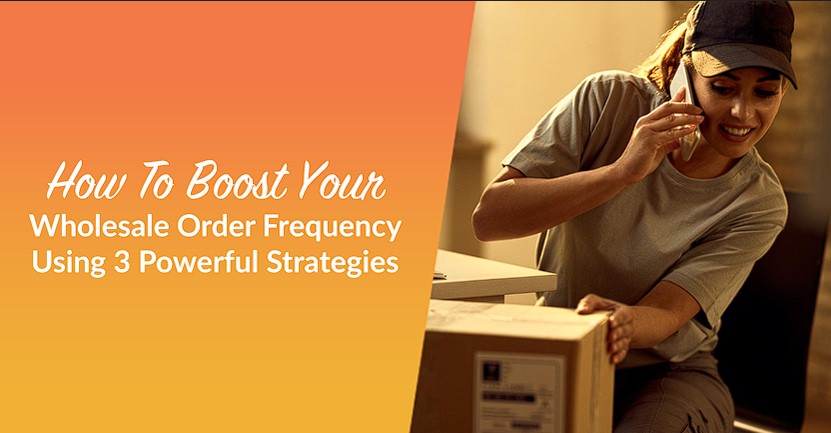
8. Shipping
There’s no room for error. Imagine sending an item to the incorrect address. What a massive blow to your reputation and finances that would be!
However, it’s not enough that your shipments are correct; you must also do so promptly. Orders that arrive late can convince consumers to stop doing business with your merchant, who, in turn, may leave you to seek another supplier.
Learn more about international dropshipping here: 10 Things About International Dropshipping You Need To Know.
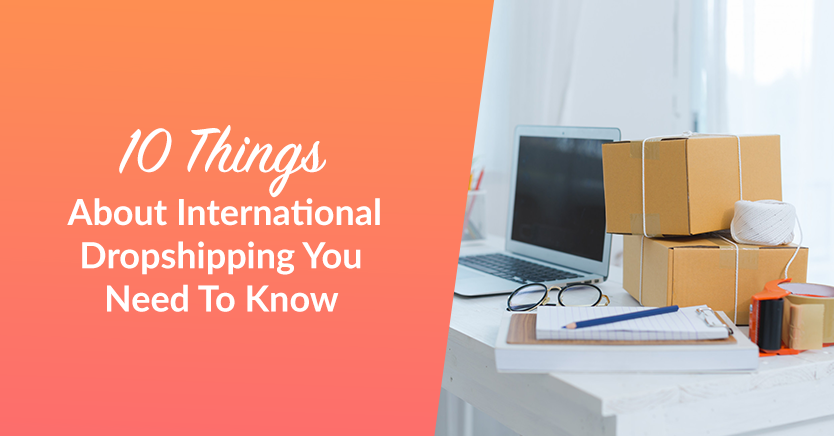
Another shipping-related factor you should consider is the offering of incentives. Simply put, incentives such as discounts or loyalty programs can entice merchants to buy from you more often.
For more information about incentives, see our article “ How to Offer A Free Shipping Incentive For Wholesale Customers.”
9. Readily available information and materials
As a dropshipping supplier, you must provide your wholesale merchants with all the necessary marketing materials and product information that they need to showcase your products to their potential customers.
Marketing materials include high-quality images and detailed product descriptions. Merchants can use the images to create professional and visually appealing product presentations. On the other hand, product descriptions offer information, such as the item’s features, benefits, and technical specifications, that can convince consumers to make a purchase.
Furthermore, wholesale merchants need accurate and updated pricing information to set prices properly on their online storefronts. Remember to inform them about any product changes so that they can make necessary adjustments to their inventory and marketing strategies.
Lastly, wholesale merchants want clear return policies and product warranties, which you should communicate to them clearly and transparently. After all, they want to be confident in the quality of the products they’re selling and ensure that their customers are protected in case of any issues.
10. Customer service
As a dropshipping supplier, you and your staff must be available almost 24/7 to help your customers out. This is especially true if your retailers are scattered around the globe.
Wholesale buyers expect you to respond immediately to their concerns over the phone, email, live chat, Skype, and other similar means. In other words, they need to know they can reach you and that you can solve their problems anytime.

Thus, you need to be prepared for cancellations, item returns or exchanges, shipment problems, and a range of other potential issues. At the same time, you must maintain constant communication with your wholesale merchants so that you can assist as soon as problems crop up.
Offering excellent customer service will pay off in the long run since it builds loyalty and great working relationships.
If you want to know more about upgrading your customer service, you can read “AI-Powered Customer Service: How To Scale Your Business.”
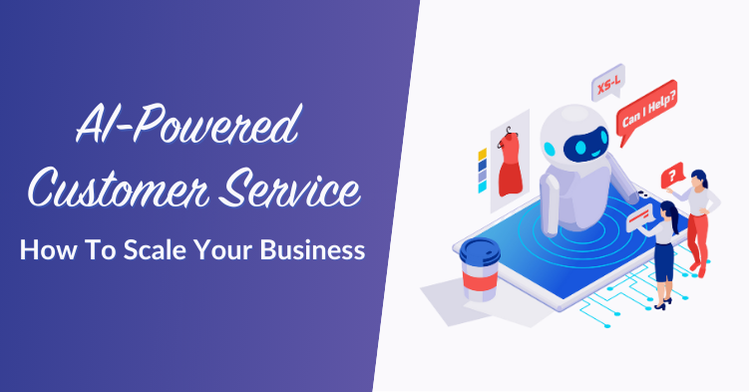
Frequently Asked Questions
What is the difference between dropshipping and wholesale?
The main difference between dropshipping and wholesale lies in how products are handled and delivered. In dropshipping, you don’t keep any inventory. Instead, you list products on your store, and when a customer places an order, the supplier ships the item directly to them. You only purchase the product after the sale is made. On the other hand, wholesale involves buying products in bulk upfront—usually at a discounted rate—and storing them yourself. You’re responsible for packing and shipping each order. Dropshipping has lower startup costs and less risk, but wholesale offers better control over inventory and typically higher profit margins per unit.
Is dropshipping considered wholesaling?
Not exactly. Standard dropshipping, especially when sourcing products from retail platforms, is not considered wholesaling, since you’re not buying in bulk or working directly with true wholesale suppliers. However, if you’re doing wholesale dropshipping, where you partner with actual wholesale suppliers and get access to bulk pricing (even without large minimum orders), then yes—it falls under the umbrella of wholesaling. So, while not all dropshipping is wholesaling, wholesale dropshipping is a unique blend of both models.
How do you get a supplier for dropshipping?
To find a supplier, you can start by researching dropship directories like Oberlo, SaleHoo, or Worldwide Brands. You can also reach out directly to manufacturers and wholesalers in your niche. Additionally, attending trade shows and using supplier platforms like Alibaba can help you connect with reliable partners.
How profitable is dropshipping?
Dropshipping can be profitable, but it depends on factors like product choice, marketing, and competition. Generally, profit margins range from 10% to 30%. While it’s possible to make good money, success requires smart strategies and consistent effort.
Conclusion
Wholesale dropshipping is an order fulfillment process in which the wholesale supplier ships products to their wholesale customers’ consumers. It can be a lucrative model for your wholesale business as long as you learn about its ins and outs and take the steps necessary to ensure it benefits all parties involved.
To recap, we discussed how this business model can help your business thrive:
Do you have any questions about this article? How about the WooCommerce tools that can streamline your business for online operations, including but not limited to wholesale dropshipping? Let us know in the comments section below!


